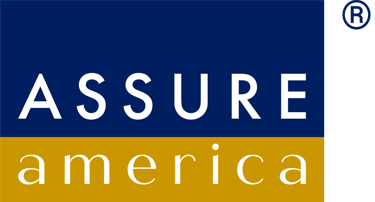Inside this section
FAQS – Homeowners
Q: What are some practical things I can do to lower the cost of my homeowners insurance?
A: There are a number of ways you can lower the cost of your homeowners insurance. The first is to get several competitive quotes. It is not surprising to find quotes on homeowners insurance that vary by hundreds of dollars for the same coverage on the same home. When you shop, be careful to make sure each insurer is offering the same coverage.
We also recommend looking for any discounts for which you may qualify. For example, many insurers will offer a discount when you place both your automobile and homeowners insurance with them. Other times, insurers offer discounts if there are deadbolt locks on all your exterior doors, or if your home has a security system. Be sure to ask us about any discounts for which you may qualify.
Another easy way to lower the cost of your homeowners insurance is to raise your deductible. Increasing your deductible from $250 to $500 will lower your premium, sometimes by as much as 5% or 10%.
Q: What does homeowners insurance cover?
A: The typical homeowners policy has two main sections: Section I covers the property of the insured and Section II provides personal liability coverage for the insured. Almost anyone who owns or leases property has a need for this type of insurance. Usually, homeowners insurance is required by lenders to obtain a mortgage.
Q: What is the difference between “actual cash value” and “replacement cost?”
A: Covered losses under a homeowners policy can be paid on either an actual cash value basis or on a replacement cost basis. When “actual cash value” is used, the policy owner is entitled to the depreciated value of the damaged property. Under the “replacement cost” coverage, the policy owner is reimbursed an amount necessary to replace the article with one of similar type and quality at current prices.
Q: What factors should I consider when purchasing homeowners insurance?
A: Here is a checklist of factors you should consider when purchasing homeowners insurance:
- Determine the amount and type of insurance that you need. The coverage limit of your house should be equal to 100% of its replacement cost. If your policy limit is less than 80% of the replacement cost of your home, any payment from your insurance company will be less than the full cost to replace your home, and you’ll have to pay the rest out of your own pocket. Also, decide if the personal property and personal liability limits are adequate for your needs.
- Determine which, if any, additional endorsements you want to add to your policy. For example, do you want the personal property replacement cost endorsement, an earthquake endorsement or a jewelry endorsement?
- Once you have decided on the coverage you want in your homeowners insurance policy, consult us. We will be able to help you determine if there are any gaps in coverage you might not have been aware of, explain the details of the policy’s exclusions and limitations as well as recommend an insurance carrier that will live up to your expectations.
Q: What are the policy limits (also called coverage limits) in a standard homeowners policy?
A: The dwelling and other structures on the premises are protected on an “all risks” basis up to the policy limits. All risks means that, unless the policy specifically excludes the manner in which your home is damaged or destroyed, there is coverage. The policy limit for the dwelling is set by the policy owner at the time the insurance is purchased. The policy limit for the other structure is usually equal to 10% of the policy limit for the dwelling. Losses to your personal property are covered on a “named perils” basis. Named perils means that you have coverage only when your property is damaged or destroyed in the manner specifically described in the policy. The policy limit on the coverage is equal to 50% of the policy limit on the dwelling. Limits for the coverage for the additional expenses that the policy owner may incur when the residence cannot be used because of an insured loss is equal to 20% of the policy limit on the dwelling.
The coverage limit on personal liability is determined by the policy owner at the time the policy is issued. The coverage limit on medical payments to others is usually set at $1,000 per injured person.
Q: Where and when is my personal property covered?
A: Personal property (except property that is specifically excluded) is covered anywhere in the world. For example, suppose that while traveling, you purchased a dresser and you want to ship it home. Your homeowners policy would provide coverage for the named perils while the dresser is in transit, even though the dresser has never been in your home before.


